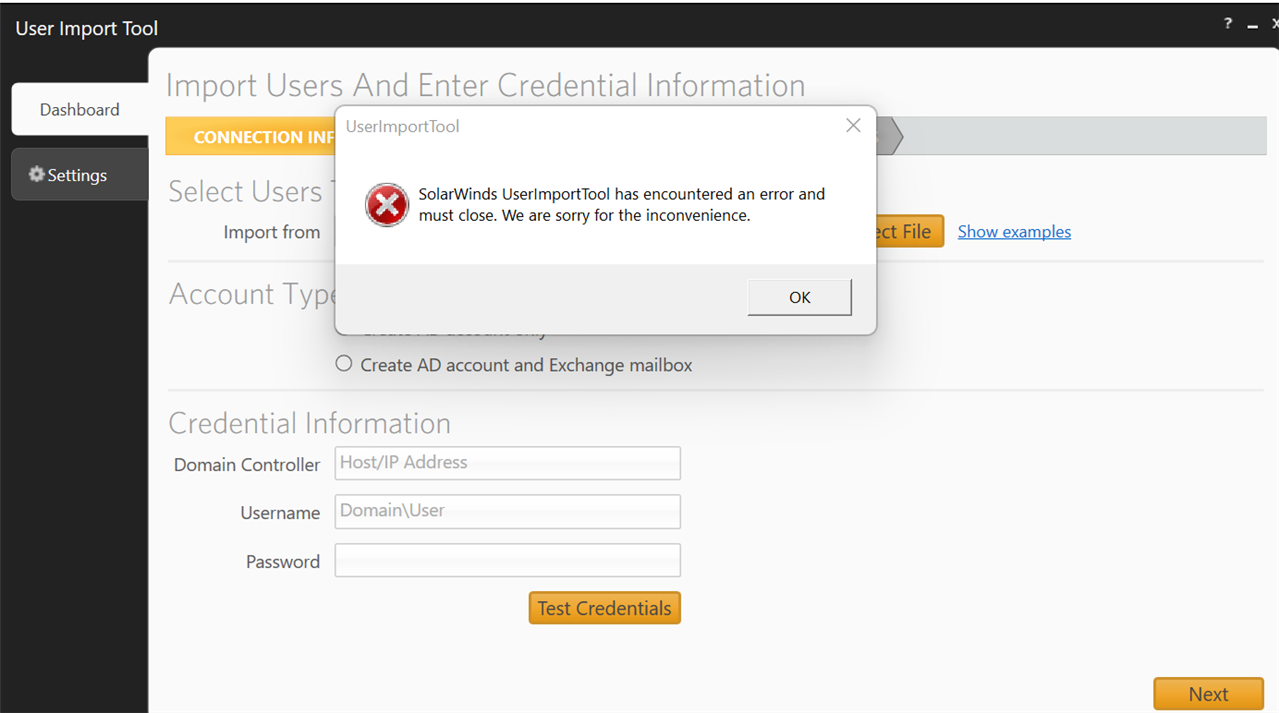Active Directory is a vital resource for any group manager, letting them handle and safe a company’s sources and professional services within an organized manner. Among the major elements of Active Directory is definitely the User object, which represents somebody user throughout the system. Including customers to Active Directory is a straightforward process, but with regards to importing numerous end users right away, things could possibly get a tad bit more complex. With this blog post, we shall acquire a closer look at importing end users into Active Directory and give a step-by-step information for doing this.
Make the CSV data file
Step one in importing consumers into Active Directory is usually to create a CSV (Comma Divided Beliefs) data file. This document should contain each of the important information for each and every user that you might want to import, such as their username, show name, e-mail address, office, and job label. It is essential to be sure that the document is correctly formatted and this all of the facts are proper. You can utilize plans like Microsoft Shine to produce and edit CSV records.
Use PowerShell
When you have your CSV submit all set, you can import users into Active Directory making use of PowerShell. PowerShell is actually a command-series interface that permits managers to speed up duties and manage systems more proficiently. With a few lines of program code, you are able to import you into Active Directory without having to manually produce each user.
Use PowerShell cmdlets
PowerShell cmdlets are directions that enable you to deal with and automate different activities in House windows, which includes importing consumers into Active Directory. The cmdlet that is utilized to import end users is referred to as Import-CSV. This cmdlet says the CSV data file and produces a new user object for every admittance within the file. You can even use other cmdlets like New-ADUser to set more advanced attributes for every single user, such as their class membership or their password insurance policy.
Look for faults
Following importing the users, it is very important check for any problems or conditions that might have took place during the import procedure. You can do this by using the PowerShell cmdlet Get-ADUser to examine that each user has been created and that each of the features happen to be establish effectively. If you see any faults or troubles, you may make the essential modifications and re-import users.
Examination and verify
Finally, you should test and verify the brought in users to ensure that they could gain access to the essential sources and therefore their qualities have already been established correctly. This can be accomplished by signing to the group using one of the shipped in user credit accounts and checking out that they can gain access to the right solutions. You can even use PowerShell cmdlets like Get-ADUser and obtain-ADGroupMembership to check how the customers have already been included with the correct groups and this their features are positioned effectively.
In short:
Importing users into ad user import could be a time-taking in and complex task, however with the best tools and methods, it can be completed quickly and efficiently. By following these techniques and taking advantage of PowerShell to systemize the procedure, network managers can import many customers into Active Directory with ease and precision. So why spend time manually creating each user when you can import them in bulk while focusing on other important duties?


